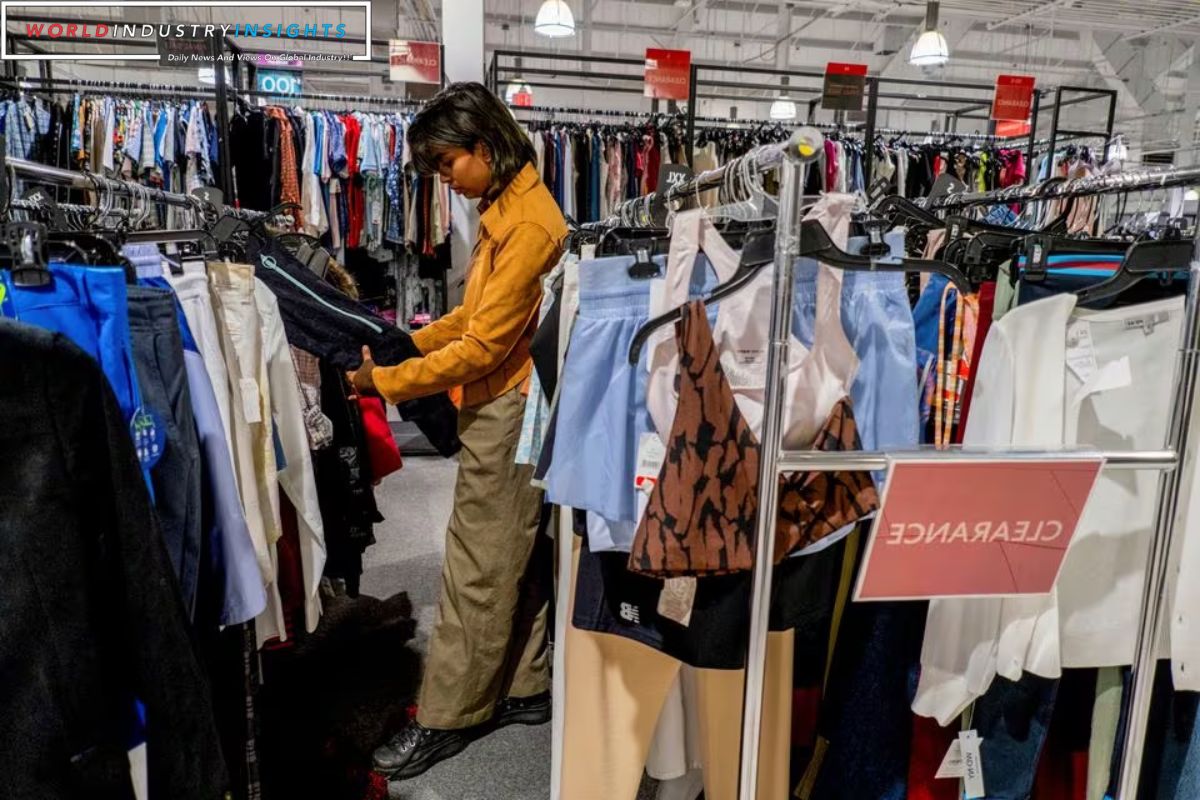Retail Resilience Defies Recession: U.S. retail sales just pulled off a surprise twist in the holiday shopping season, defying the recession whispers. November witnessed an unexpected surge of 0.3%, swaying away from the forecasted 0.1% dip. The Commerce Department’s report reveals consumers flexing their financial muscles, fueled by a robust job market, and throwing a curveball at the financial markets anticipating an early rate cut.
The Federal Reserve, in response, opted to keep interest rates steady and hinted at potential borrowing cost reductions in 2024, all against the backdrop of this unforeseen retail resurgence. Kathy Bostjancic, chief economist at Nationwide, suggests that while consumer resilience aligns with the Fed’s soft landing goal, it also signals a more cautious and measured approach to rate cuts than what the markets had bet on.
Breaking it down, retail sales, excluding services, displayed a broader 0.4% uptick, signaling an encouraging momentum in consumer spending. This unexpected boost is attributed to various factors like enticing holiday discounts and lower gasoline prices, freeing up extra cash for spending sprees.
Online retail sales made a comeback with a 1.0% jump, a nod to the ongoing shift toward e-commerce dominance. Sectors like motor vehicles and parts dealers (0.5% increase), furniture stores (0.9% surge), and food services and drinking places (1.6% growth) played their part in the overall rise. However, electronics and appliance outlets experienced a 1.1% dip.
Also Read: Luxury Retail Faces Unease as Holiday Discounts Raise Concerns About Inventory Glut
Despite the looming specter of an economic slowdown, November’s retail fireworks hint that recession fears might be overblown. The unexpected consumer spending spree, coupled with a dip in goods prices, sets the stage for a decent growth trajectory in the fourth quarter.
The consumer, often hailed as the engine of the economy, has become a force to be reckoned with, steering corporate profits and driving the market upwards. As the year winds down, the retail data injects a positive note into economic forecasts, challenging the prevailing doom and gloom predictions of an imminent recession.
In the face of ongoing uncertainties, from global economic conditions to inflationary pressures, the unexpected resilience of the consumer stands as a counter-narrative. As the Federal Reserve reassesses its strategy, market players are left recalibrating their expectations in the delicate dance between consumer fortitude and economic dynamics.
Our Reader’s Queries
Are retail sales down 2023?
Despite concerns that Americans were financially stretched, consumer spending has remained strong in 2023. Thanks to wage growth that has outpaced inflation, a reserve of savings from the pandemic, and a robust job market, consumers have been able to maintain their spending habits. This is a positive sign for the economy and suggests that Americans are feeling confident about their financial futures.
Why is the US economy so resilient?
Thanks to the historically low unemployment rates and the savings that households have accumulated during the pandemic, the U.S. economy has consistently surpassed expectations. Household spending has played a crucial role in this success story.
How does August 2023 data compare to July 2023 data for US retail sales?
The Commerce Department’s report on Thursday revealed that retail sales experienced a 0.6% increase in August, following a revised 0.5% rise in July.
What are consumer fears of recession?
Despite a decrease in recession concerns, a recent report reveals that 66% of survey participants still believe that an economic downturn is possible in the coming year. Additionally, while inflation has decreased over the past 18 months, high prices are still a significant burden for many households.


